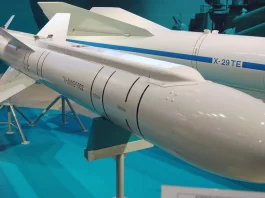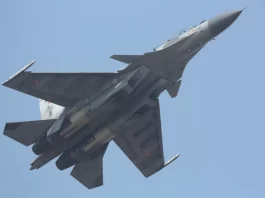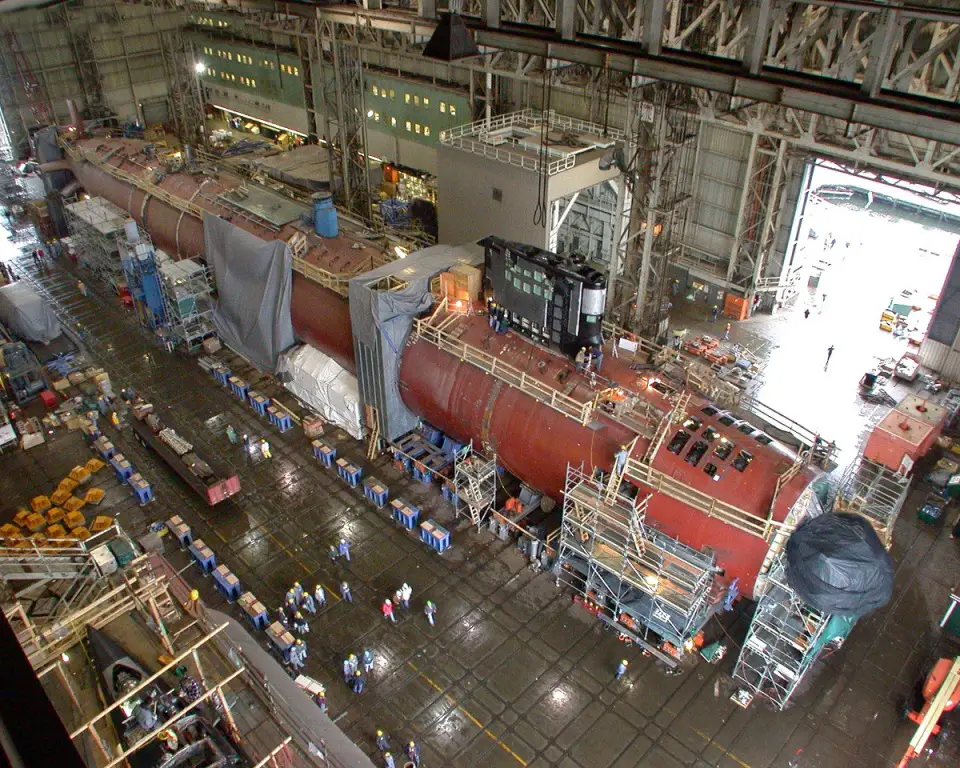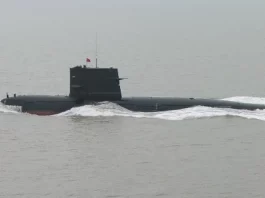The resource “Naval News” published a report stating that the Royal Netherlands Navy intends to acquire two cost-effective, original so-called multifunctional support ships (Multifunctionele ondersteuningsvaartuigen) with modular containerized weaponry and equipment for operations in the North Sea.
On September 24, 2024, Geis Tuinman, the Dutch State Secretary for Defense, informed the House of Representatives about the accelerated acquisition of the new multifunctional support ships. These ships will be based on a commercial design for fast crew delivery vessels used in offshore oil and gas fields, produced by Damen Shipyards Group, which will also build them. Damen Shipyards Group has selected Israel Aerospace Industries (IAI) to supply containerized weapons and electronic warfare (EW) systems for these ships. Both vessels are expected to be operational in 2026, with full combat readiness anticipated by the end of 2027.
In 2022, the conceptual program TRIFIC (The Rapidly Increased Firepower Capability) first proposed the idea of purchasing a ship platform with a small crew to serve as an “external” missile storage facility for the Royal Netherlands Navy’s air-defense frigates of the ACDF class (De Zeven Province type). Studies under TRIFIC explored the possibility of adding one or two simple surface ships with small crews and modular payloads to enhance firepower or supplement detection capabilities on existing surface ships. TRIFIC later evolved into the Modular Integrated Capability for ACDF and North Sea (MICAN) concept, which also addressed emerging needs for protecting critical infrastructure in the North Sea. MICAN has since evolved to provide fire support and precision attack capabilities to the Royal Netherlands Marine Corps, laying the groundwork for the multifunctional support ship project.
The Dutch Ministry of Defense, through its Command for Materiel and IT (Commando Materieel en IT – COMMIT), fast-tracked the program. Tuinman detailed the progress in a letter to the House of Representatives, explaining that the new ships will carry payloads for three key missions: supplying the Netherlands’ four ACDF air-defense frigates with additional long-range surface-to-air missiles (SAMs), deploying long-range precision munitions against coastal targets to support amphibious operations, and safeguarding infrastructure in the North Sea. The ships will also carry EW systems for interception and jamming to support combat operations.
“The Ministry of Defense is opting to acquire fully ready ‘off-the-shelf’ products, for which, according to market research, only one manufacturer is available,” Tuinman wrote. “Due to significant national security interests, the purchase is being conducted under Article 346 of the Treaty on the Functioning of the European Union. Damen will provide two military-adapted multifunctional support ships. Israel’s IAI is the producer of surface-to-air missiles, long-range precision munitions, and EW equipment.”
The need for additional long-range SAMs arose from an operational analysis identified how a massive and simultaneous attack by anti-ship missiles or swarming UAVs could quickly deplete the existing missile loadout of ACDF frigates. According to Tuinman, the Royal Netherlands Navy’s “distributed operations” concept involves an ACDF-class frigate working closely with a multifunctional support ship carrying extra containerized missiles on deck.
The leading frigate will handle missile launch and guidance commands. The Standard SM-2 Block IIIA medium-range surface-to-air missiles equip the ACDF-class frigates, while IAI’s Barak-ER long-range SAMs in container form will equip the new multifunctional support ships. Tuinman explained that the SM-2 missile version required by the Netherlands is no longer in production, and orders for it are no longer possible. The new SM-2 Block IIICU version is incompatible with the fire control systems of the ACDF frigates.
Three alternative SAMs comparable to the SM-2 and suitable for integration with the Royal Netherlands Navy’s radar and fire control systems were evaluated. According to Tuinman, only IAI’s Barak-ER met these requirements: MBDA France’s Aster missile was not available in container form, and Israel’s Rafael Stunner missile did not fully meet the Dutch Navy’s criteria.
IAI will also supply a containerized version of its long-range Harop loitering munition for the new Dutch ships. Designed to detect, recognize, engage, and destroy a wide range of targets at distances of several hundred kilometers, Harop is a command-guided weapon.

“This is the only available weapon system on the market that is sufficiently advanced and meets the Dutch requirements in terms of range,” Tuinman said, adding that Harop container installations on future Dutch landing ships could be considered at a later stage. In addition to suppressing coastal targets in amphibious support missions, Harop will enable precision strikes on critical targets such as headquarters, artillery or missile sites, and supply areas.
The containerized EW package for the ships will collect information on radar emissions, jam radar guidance systems, and disrupt enemy UAV control channels. Choosing missiles, precision munitions, and EW systems from a single manufacturer (IAI) will simplify integration efforts, Tuinman said.
Underwater vehicles and sensors to support surveillance and infrastructure protection in the North Sea will be acquired as ready-made systems. Work is underway to check compatibility with similar underwater vehicles already in use by the Royal Netherlands Navy. The multifunctional support ships will also be equipped with surface detection systems to monitor suspicious vessel activity.
In addition to boosting the size of the current Dutch fleet, the new multifunctional support ships are expected to better prepare the Royal Netherlands Navy for future operations with unmanned vessels. Tuinman informed the House of Representatives that the current autonomous technology lacks sufficient development for this purpose. “With the new multifunctional support ships, the fleet aims to gain experience with small-crew operations as a first step towards unmanned ships.”
“Furthermore,” he added, “the new ships are suitable for testing other weapon concepts, such as counter-drone measures, or conducting research activities for Dutch institutes like TNO and MARIN. This will prevent the need to divert a frigate or another combat ship to perform operational tasks for these purposes.”
The budget for acquiring the two multifunctional support ships is between €250 million and €1 billion. This covers procurement costs, risk reserves, and operational expenses until 2039.
Tuinman stated that the House of Representatives will receive a letter detailing the outcomes of the procurement preparation stage in early 2025. Approval of the existing ready-made design means the first ship should be delivered in early 2026, with the weapons and equipment payloads to be delivered from 2026 onward. While Damen will handle the physical integration of systems on the ships, COMMIT will be responsible for integration with the ACDF frigates’ command and fire control systems.






